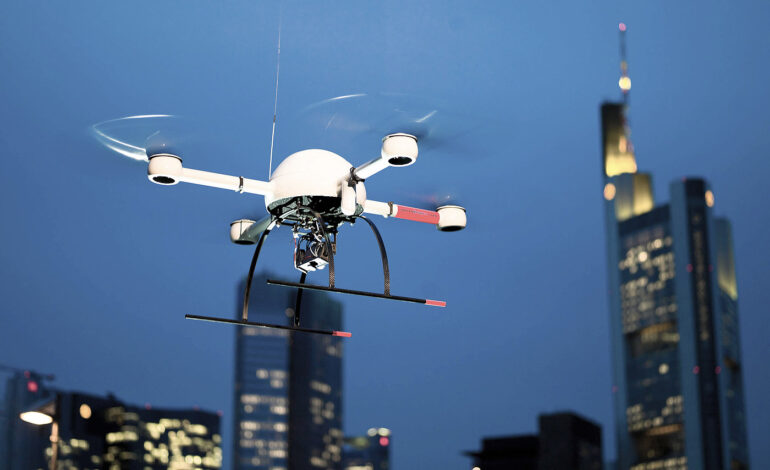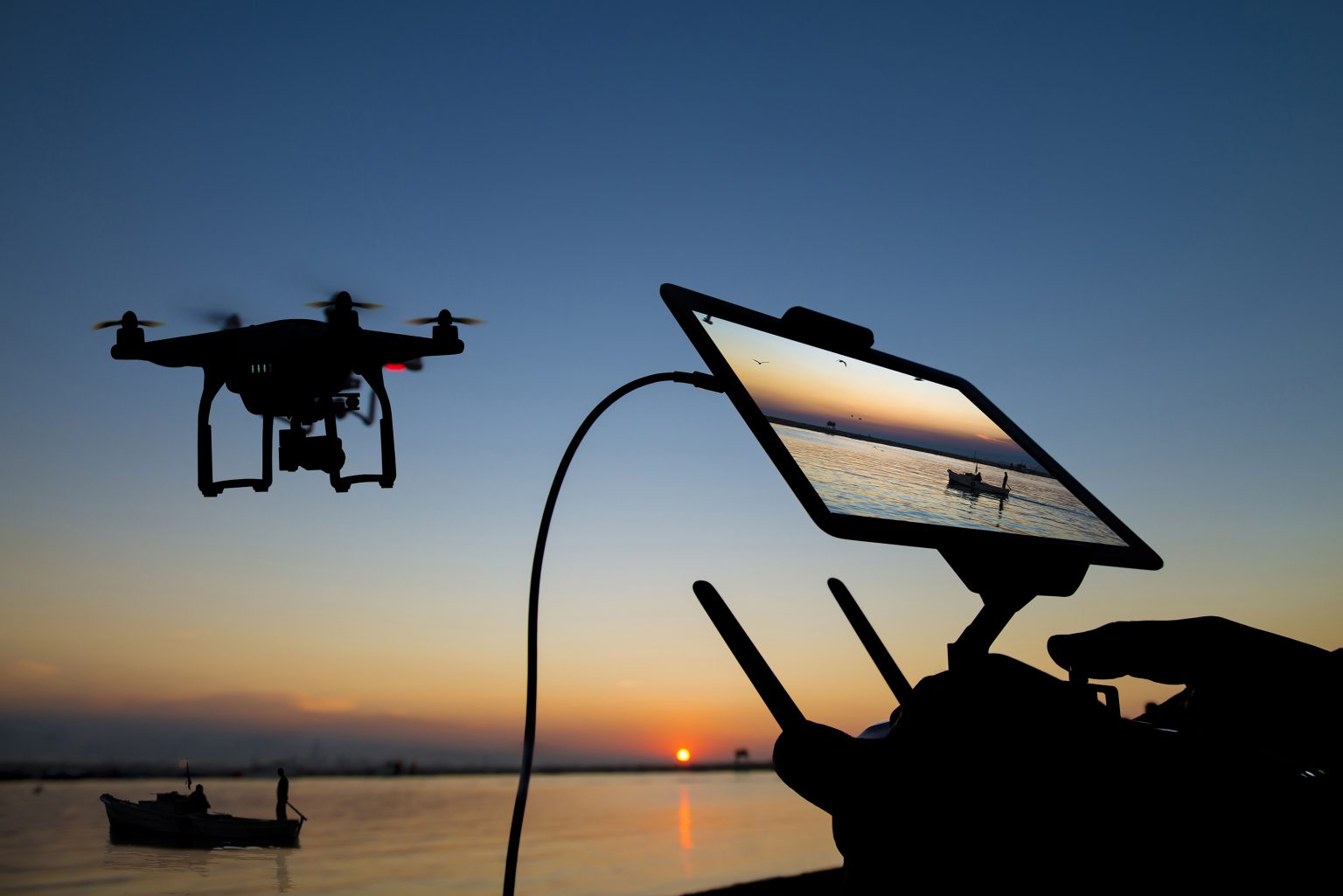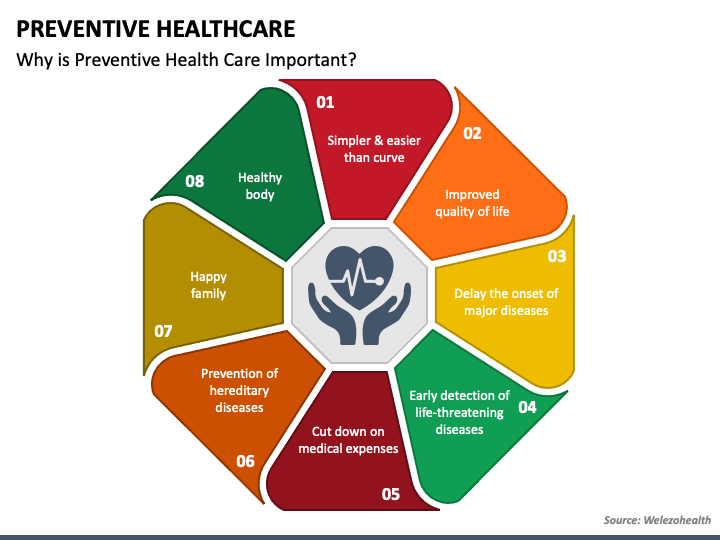Drones: The Eyes in the Sky

The Ever-Watching Eye: Exploring the Role of Drones in Modern Surveillance
For decades, the idea of widespread, persistent surveillance felt like something ripped from the pages of a science fiction novel. Today, thanks to advancements in drone technology, that future is very much here. Drones, or Unmanned Aerial Vehicles (UAVs), have rapidly transitioned from military tools to readily available platforms used by law enforcement, private security firms, and even individuals. This proliferation raises important questions about privacy, security, and the evolving landscape of modern surveillance. This post will delve into the multifaceted role of drones in surveillance, examining their capabilities, applications, the legal considerations, and the potential future of this technology.
A Technological Leap: What Makes Drones Ideal for Surveillance?
Traditional surveillance methods – stationary cameras, manned aircraft, ground patrols – all have limitations. Drones overcome many of these. Their relatively low cost compared to manned aircraft makes them accessible to a wider range of organizations. Their small size and maneuverability allow them to access areas that are difficult or dangerous for humans to reach, such as disaster zones, dense urban environments, or remote border regions. But the core advantage lies in their persistent observation capabilities.
Modern surveillance drones are equipped with a suite of sophisticated technologies. High-resolution cameras, often capable of both visible light and infrared imaging, provide clear footage day or night. Thermal imaging is particularly valuable, allowing operators to detect heat signatures, even through obstructions like foliage or darkness. This is crucial for search and rescue operations, tracking suspects, or monitoring critical infrastructure. Beyond imaging, many drones now incorporate advanced sensors, including:
- Lidar (Light Detection and Ranging): Creates detailed 3D maps of the environment.
- Hyperspectral Imaging: Analyzes a wide spectrum of light to identify materials and substances.
- Signal Intelligence (SIGINT) Capabilities: Intercepts and analyzes radio communications.
Furthermore, advancements in artificial intelligence (AI) are being integrated into drone surveillance systems. AI-powered software can automatically detect objects, track movement, and even identify individuals based on facial recognition. This automation significantly reduces the workload for human operators and allows for real-time analysis of vast amounts of data.
Applications of Drone Surveillance: A Broad Spectrum
The applications of drone surveillance are incredibly diverse. Here’s a breakdown of some key areas:

Law Enforcement & Public Safety
Law enforcement agencies are increasingly utilizing drones for a variety of tasks. These include: crime scene investigation, providing aerial overviews of accident sites, assisting in search and rescue operations, monitoring large public events for security threats, and tracking suspects during pursuits. Drones can also be deployed for border patrol, monitoring illegal activity, and providing situational awareness to officers on the ground. The ability to quickly deploy a drone and assess a situation can be invaluable in emergency situations.
Security & Private Investigation
Private security firms are employing drones to protect critical infrastructure, monitor large properties, and conduct perimeter security checks. Drones offer a cost-effective alternative to traditional security patrols, providing a wider field of view and the ability to respond quickly to potential threats. Private investigators are also using drones for surveillance purposes, gathering evidence in cases of infidelity, insurance fraud, or corporate espionage.
Environmental Monitoring & Conservation
Drones are proving to be powerful tools for environmental monitoring and conservation efforts. They can be used to track wildlife populations, monitor deforestation, assess damage from natural disasters, and detect pollution. Their ability to access remote and difficult-to-reach areas makes them ideal for studying fragile ecosystems. For example, drones can be used to monitor coral reefs, track endangered species, or assess the impact of climate change.
Infrastructure Inspection
Inspecting critical infrastructure – power lines, pipelines, bridges, wind turbines – can be dangerous and expensive. Drones equipped with high-resolution cameras and thermal sensors can perform these inspections quickly and safely, identifying potential problems before they lead to failures. This proactive approach can save significant costs and prevent disruptions to essential services.
The Legal and Ethical Landscape: Navigating the Concerns
The widespread use of drone surveillance raises significant legal and ethical concerns, primarily centered around privacy. The Fourth Amendment of the US Constitution protects against unreasonable searches and seizures, and the question of whether drone surveillance constitutes a violation of this right is a subject of ongoing debate. Key legal challenges include defining the boundaries of permissible surveillance, obtaining warrants for drone flights, and regulating the collection and storage of data gathered by drones.
Several states and municipalities have enacted laws to address these concerns. These laws often require law enforcement agencies to obtain warrants before conducting surveillance with drones, limit the types of data that can be collected, and restrict the use of facial recognition technology. However, the legal landscape is constantly evolving, and there is a lack of comprehensive federal regulations governing drone surveillance.
Beyond legal concerns, there are also ethical considerations. The potential for mass surveillance, the risk of misuse of data, and the chilling effect on freedom of expression are all legitimate concerns. Transparency and accountability are crucial. Organizations using drones for surveillance should be open about their policies and procedures, and they should be held accountable for any violations of privacy or civil liberties.
The Future of Drone Surveillance: What’s on the Horizon?
The technology behind drone surveillance is rapidly evolving, and we can expect to see even more sophisticated capabilities in the years to come. Here are some potential future developments:
- Increased Autonomy: Drones will become more autonomous, requiring less human intervention.
- Swarm Technology: Multiple drones will be able to work together as a coordinated swarm, providing broader coverage and more complex surveillance capabilities.
- 5G Connectivity: Faster and more reliable 5G connectivity will enable real-time data transmission and remote control of drones.
- Miniaturization: Drones will become even smaller and more discreet, making them harder to detect.
- AI-Powered Analytics: AI algorithms will become more sophisticated, enabling more accurate and efficient analysis of surveillance data.
As drone technology continues to advance, it is essential to have a thoughtful and informed discussion about its implications. Striking a balance between the benefits of drone surveillance – enhanced security, improved public safety, and environmental monitoring – and the need to protect privacy and civil liberties will be a critical challenge. Open dialogue, robust regulations, and a commitment to ethical principles are essential to ensure that this powerful technology is used responsibly and for the benefit of society.



